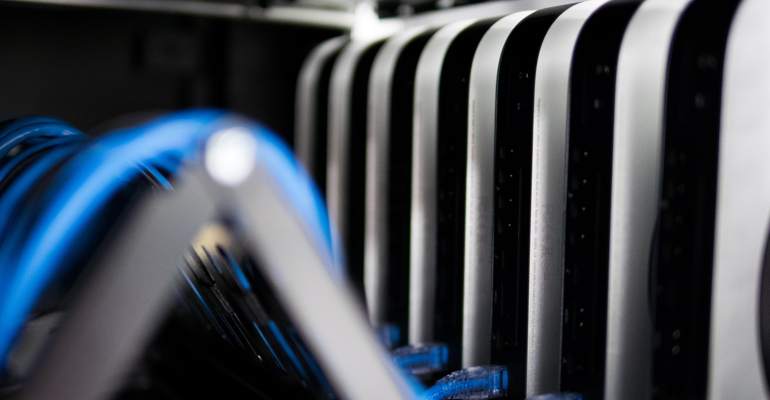Edge Computing, Edge Hosting and the Cloud

The Edge Computing Hosting (also Edge Hosting) is a data center service for Edge Computing, which itself is a form of distributed IT infrastructure physically located as close, as possible to the place where the data originates from. The purpose of any Edge Hosting is to have servers that perform various computing calculations very close to or at the data collection places. For example, if an urban area has electronic data collection sensors installed to collect data (it could be just a traffic monitoring system), then Edge Hosting is a system of servers that are located in many places of the same urban area, in order to be as physically close, as possible to the sensors. For relatively smaller cities the Edge Computing nodes which perform the analytical work could be located in one physical data center, but the more points the Edge Computing system has, the faster and the more precise it would operate, at least in theory.
The main difference between Cloud Computing and Edge Computing is that the first one is an IT infrastructure physically installed in one physical location, while the Edge Computing system consists of a number of connected servers, which are physically installed in different locations. Those servers are usually connected through an isolated fiber networking or through a Virtual Private Network (VPN).
What Are The Benefits Of Edge Computing Hosting Model?
Another term for Edge Computing would be a "Geo Cloud" or a "Geographically Dispersed Cloud". The term "Edge Computing" has already picked up and has been officialized, however. Here are some of its benefits:
- No delays in data processing or congestion at a single point of data processing. The data is processed as close to the point where it is collected by a server node.
- Any data center (Cloud) based computing capacity, which has short latency to the data collection location performs certain tasks to offload the devices installed at the location, which are used for realtime computation only).
- The Cloud infrastructure is used for data storage and for any resource-demanding computation tasks that aren't that time sensitive.
- The Edge Computing appliances communicated as a group and exchanged data with the Cloud. This computing architecture does not require a large amount of data to be moved.
- Although it creates other challenges, Edge Computing systems eliminate or at least reduce the risk of a single point of failure as the data is collected, processed, and stored in a network of computing devices connected to more than one Cloud location.
- Edge computing requires a high level of security. The data needs to be encrypted and checked at a number of firewall and security points, so there are a number of POPs where any security breach could be detected and prevented.
- Еdge hosted setups are naturally scalable as they consist of a group of appliances, each of them having CPU, ram, and other computing resources. Depending on the software platform they run they can distribute tasks among many nodes in the system.
The Edge Computing Hosting is applicable in the renewable energy industry, in various industrial infrastructures which operate at multiple points, in the power grid systems, in the transportation industry as well as in the mobile device industry, Smart Homes and home appliances and in most Internet of Things (IoT) projects.